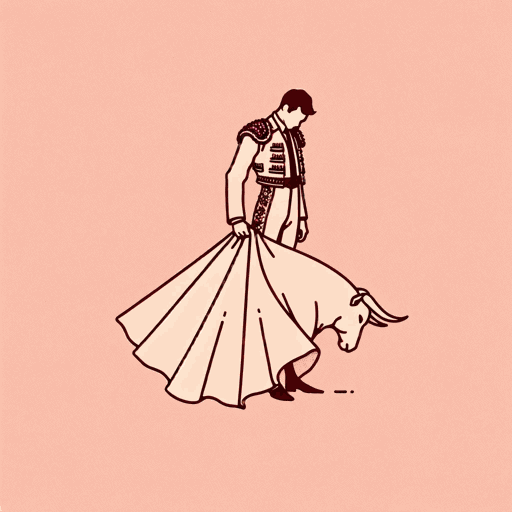90 pages • 3 hours read
Ernest HemingwayThe Sun Also Rises
Fiction | Novel | Adult | Published in 1926A modern alternative to SparkNotes and CliffsNotes, SuperSummary offers high-quality Study Guides with detailed chapter summaries and analysis of major themes, characters, and more. For select classroom titles, we also provide Teaching Guides with discussion and quiz questions to prompt student engagement.
Thought & Response Prompts
These prompts can be used for in-class discussion, exploratory free-writing, or reflection homework before or after reading the novel.
Personal Response Prompt
Bullfighting is a central element of the novel, both for its plot and for its symbolism. The Spanish bullfight is largely stylized and performative. The bullfighter (matador) wears a beautiful suit made of silks and satins which are decorated with beading, sequins, and embroidery. The costume pays tribute to the sport’s long history and highlights the grace, athleticism, and skill of the matador. Bullfighting is violent and cruel (the bull is teased and then stabbed to death), but it can also be beautiful and balletic as the matador and the bull dance around each other in the ring. In Spanish culture, a matador symbolizes the pinnacle of masculinity.
Think of a cultural ritual you have seen or practiced yourself (attending Midnight Mass at Christmas, giving and receiving red envelopes for the Chinese New Year, hula dancing, wearing a costume for Halloween, playing a soccer game, observing Yom Kippur, praying, taking a yoga class, celebrating Diwali, etc.). Then, spend some time writing about it. What do you wear? What do you eat? What acts do you perform? What do you say, or sing, or chant? Are any of these things connected to some type of history (familial, or cultural, or religious)? Are they symbolic of anything? Why do you continue to practice this ritual?
Related Titles
By Ernest Hemingway
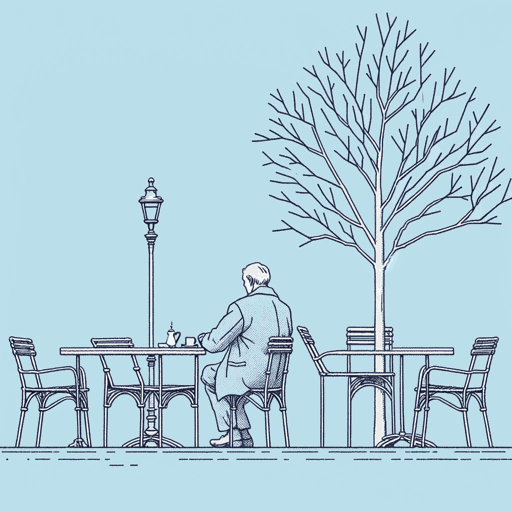
A Clean, Well-Lighted Place
Ernest Hemingway

Across the River and into the Trees
Ernest Hemingway
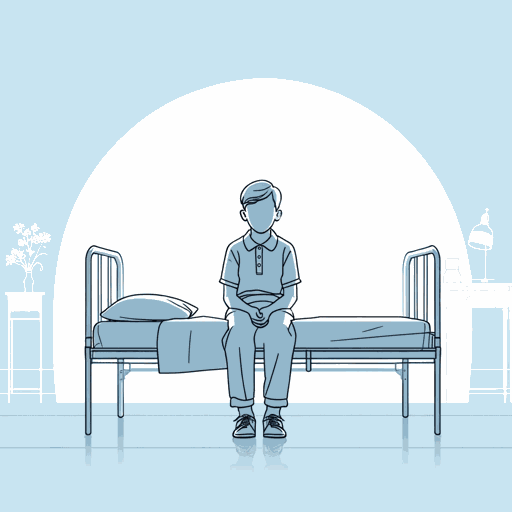
A Day's Wait
Ernest Hemingway
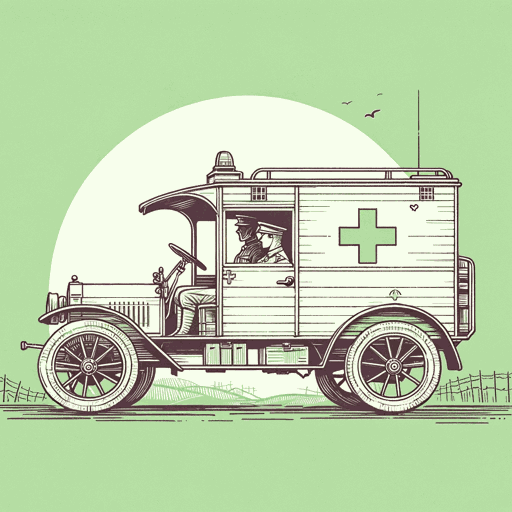
A Farewell to Arms
Ernest Hemingway
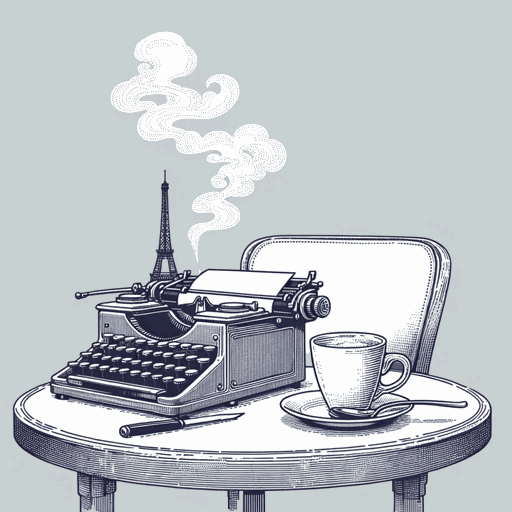
A Moveable Feast
Ernest Hemingway

A Very Short Story
Ernest Hemingway
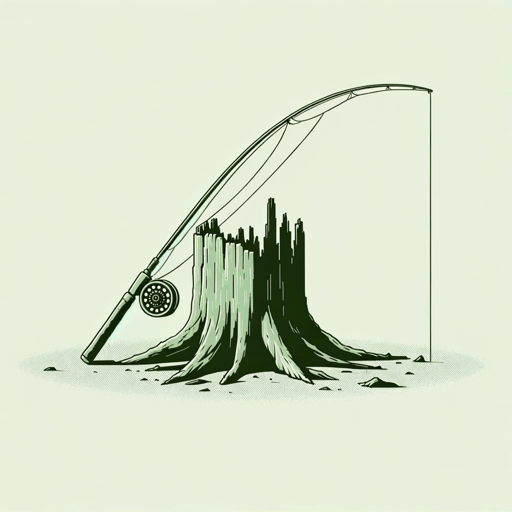
Big Two-Hearted River
Ernest Hemingway
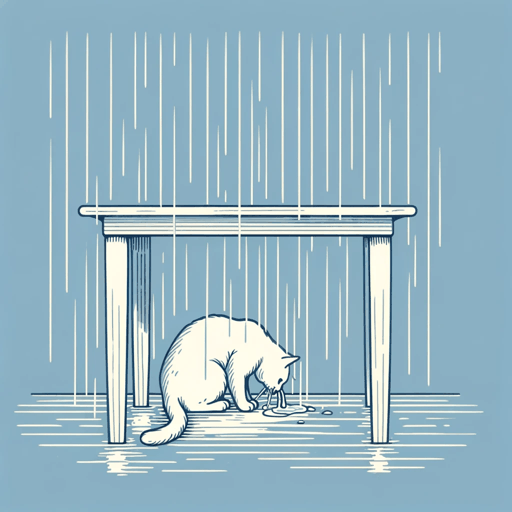
Cat in the Rain
Ernest Hemingway
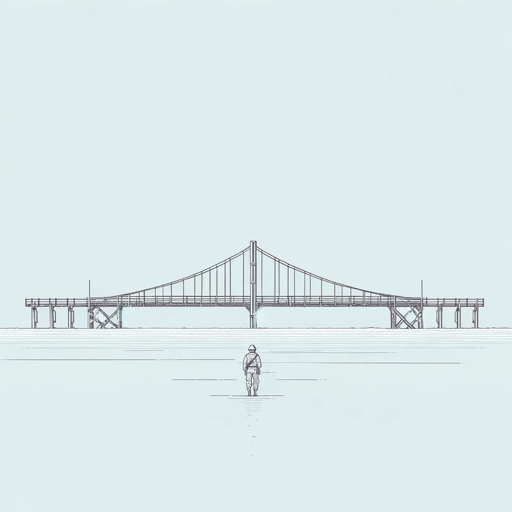
For Whom the Bell Tolls
Ernest Hemingway

Green Hills of Africa
Ernest Hemingway
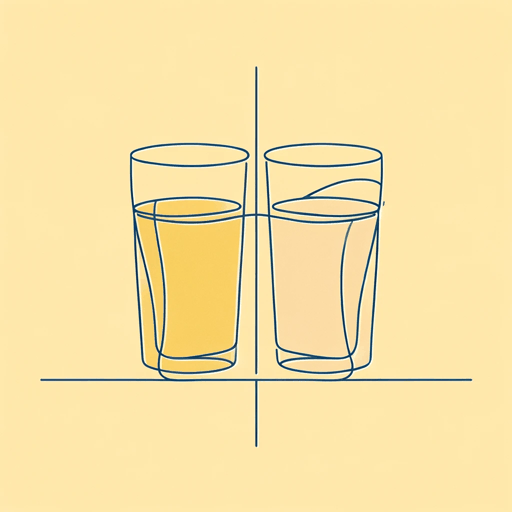
Hills Like White Elephants
Ernest Hemingway
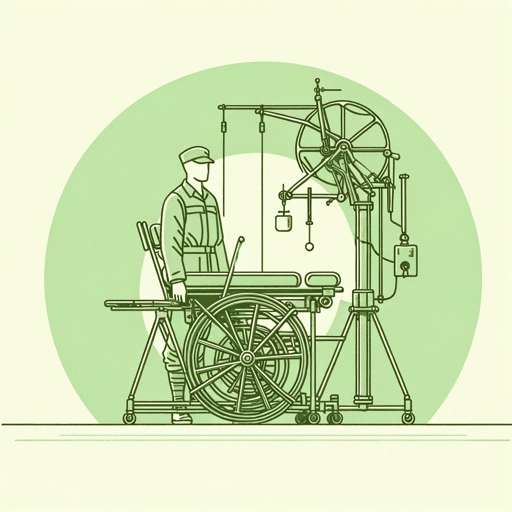
In Another Country
Ernest Hemingway

Indian Camp
Ernest Hemingway

In Our Time
Ernest Hemingway
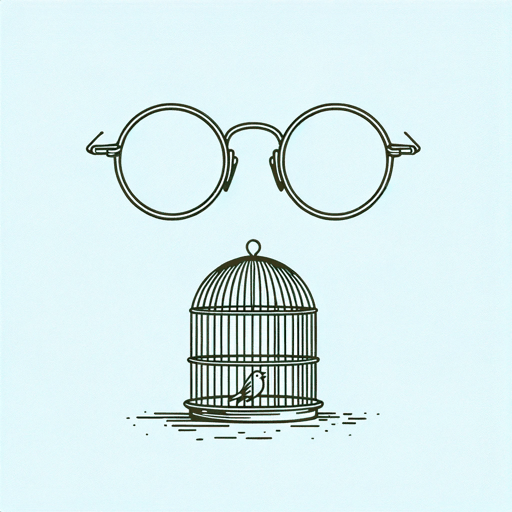
Old Man at the Bridge
Ernest Hemingway
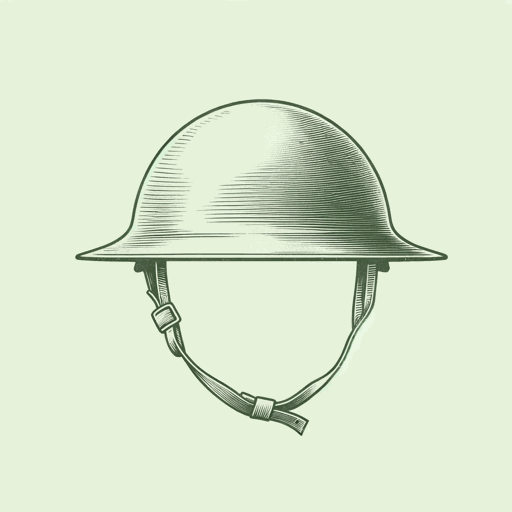
Soldier's Home
Ernest Hemingway

Solider's Home
Ernest Hemingway

Ten Indians
Ernest Hemingway
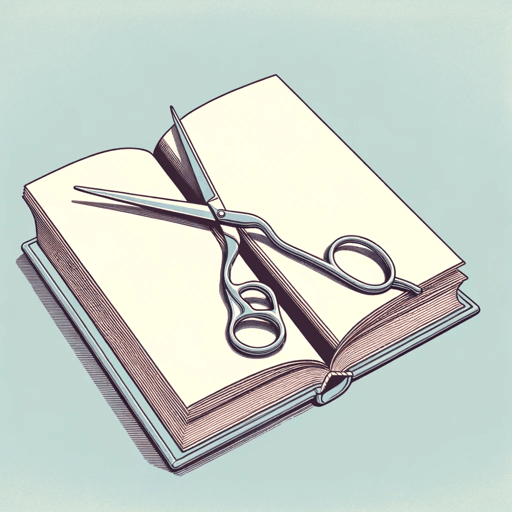
The Garden of Eden
Ernest Hemingway
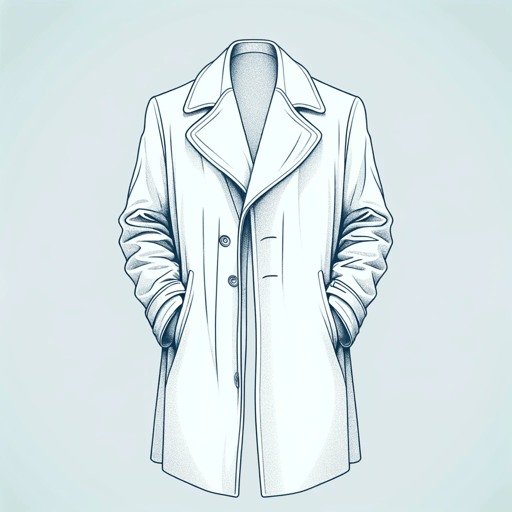
The Killers
Ernest Hemingway
